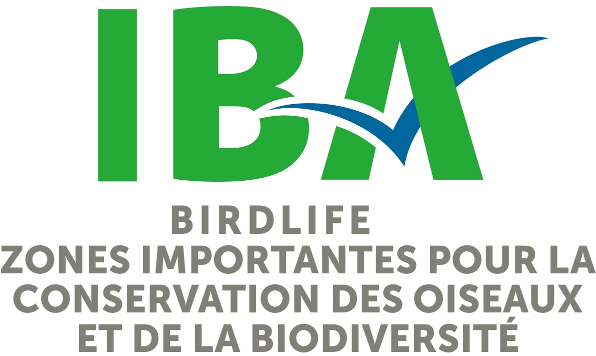Mandarte Island (BC046)
Sidney, Colombie-Britannique
Description du site
Mandarte Island is located in Haro Strait, in southern coastal British Columbia about 8 km east of the town of Sidney. The tiny (100 by 700 m) calcareous sandstone island has low cliffs along the northeast shore, and 10 to 29 m high cliffs along the southwest shore. The surface of the island is characterized by a series of grassy meadows that are bisected by a trough that runs the entire length of the island. The soil that has accumulated in this trough supports a dense growth of shrubs. Gulls nest in the meadows, cormorants and guillemots along the cliffs, and sparrows and Northwestern Crows in the shrubbery. The IBA includes the detached "South Islet" which is located 165 m southeast of Mandarte Island proper. The 2 km wide Miners Channel separates Mandarte Island from Sidney Island to the west. The climate at this site is typical of the Gulf Islands with a prolonged drought in the summer and a mild, rainy winter.
Oiseaux
Mandarte Island supports the largest seabird colony in the Strait of Georgia, and some of the largest colonies of Pelagic and Double-crested cormorants in British Columbia . The most recent surveys (1986 and 1987) suggest that the site is of global significance for Glaucous-winged Gull and of continental significance for Pelagic and Double-crested cormorants. It supported 2,363 pairs of Glaucous-winged Gulls (over 1% of the global and almost 10% of the national populations), 536 pairs of Pelagic Cormorants (almost 1% of the North Pacific population, and 8% of the Canadian population) and 972 pairs of Double-crested Cormorants (over 4% of the North American Pacific population). Large numbers of Pigeon Guillemots are also present with 241 being recorded; this may represent as much as 2.4% of the estimated national population.
Other birds of interest include several pairs of Black Oystercatchers that nest along the rocky shores. Mandarte Island is the site of a long-term research project on the demography of Song Sparrows; the project is in its 27th year as of 2000.
Enjeux de conservation
A gradual increase of the Bald Eagle, a known predator of gulls and cormorants, is thought to have been the reason for a decline in cormorants on Mandarte Island. These changes in population are probably a return to historical levels for both predator and prey species. Gull populations in the Strait of Georgia are additionally thought to have been high between about 1950 and 1985 due to large amounts of garbage available as a food source. In recent years, several landfills in the lower mainland (Vancouver area) have been closed, and with this are expected further declines in regional gull populations. This might be welcomed, especially on Mandarte where the lily species Camasia letchlinii, which is common here, but rare elsewhere in Canada, has been reduced by gull use of the island.
Tanker traffic to and from a large ARCO oil refinery at Cherry Point, Washington, passes through Haro Strait, and creates a potential source of oil pollution. Recreational boaters frequent the southern Gulf Islands, particularly in the summer months, and disturbance to nesting birds can occur from speedboats or boaters approaching too closely to the colony. Mandarte Island is owned by the Tseycum and Tswaout Bands who allow ongoing annual wildlife research.
Catégories ZICO Habitats Usages Menaces Potencielles ou Existantes Status de Protection

